There are plenty of fish in the sea and in fresh water, but where do you begin learning about all the different varieties? Here’s 75+ popular fish that start with H:
- Hairtail (Evoxymetopon taeniatus)
- Haddock (Melanogrammus aeglefinus)
- Hamlet (Hypoplectrus unicolor)
- Halfmoon (Medialuna californiensis)
- Halfbeak (Hemiramphus brasiliensis)
- Halibut ( Hippoglossus hippoglossus)
- Halosaur (Halosauropsis macrochir)
- Hake (Merluccius hubbsi)
- Hagfish (Hyperotreti)
- Hammerhead shark (Sphyrna gilberti)
These are just a few of the many fish that start with the letter “H.”
Contents
Popular Fish That Start With H
More similar posts:
- Popular Fish That Start With C
- Popular Fish That Start With B
- Popular Fish That Start with T
- Popular Fish Starting With K
1. Hamlet (Hypoplectrus unicolor)
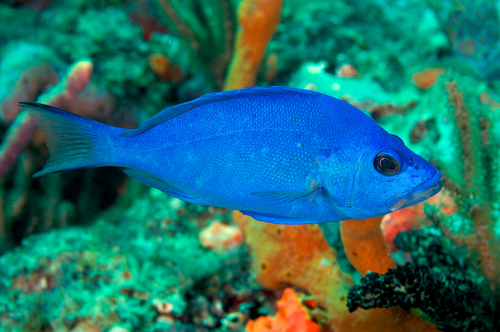
The hamlet fish is a small, brightly colored fish that is found in tropical waters all over the world. It is a member of the clownfish family and is closely related to the anemonefish.
Hamlet fish are very popular among aquarium enthusiasts because of their striking appearance and their relatively peaceful nature.
Despite their popularity, there is still much that we don’t know about hamlet fish. For example, scientists are not sure why these fish are brightly colored. It is possible that the colors help the fish to blend in with their surroundings or that they serve as a warning to predators.
Another mystery surrounding hamlet fish is their lifespan. In the wild, these fish only live for a few years, but in captivity, they have been known to live for up to 10 years.
2. Halfmoon (Medialuna californiensis)

The halfmoon betta fish is a member of the Osphronemidae family, which contains over 60 different species of freshwater fishes.
These fish are native to Southeast Asia and can be found in countries like Thailand, Malaysia, Cambodia, and Vietnam. In the wild, halfmoon bettas typically inhabit slow-moving streams and rice paddies.
The halfmoon betta was first discovered by European scientists in 1849. However, it wasn’t until 1907 that German zoologist Carl Schmidt gave this fish its scientific name, Betta splendens.
The name “splendens” comes from the Latin word for “bright” or “brilliant,” which is an apt description for these colorful creatures.
Halfmoon betta fish are best known for their long, elegant fins. The caudal fin (or tail fin) is deeply forked and extends past the length of the body. The anal fin and dorsal fin are also long and flowing. In males, these fins tend to be longer and more elaborate than in females.
Male halfmoon bettas also have a small fleshy growth called a gonopodium, which they use to fertilize eggs.
Halfmoon bettas come in a wide variety of colors and patterns. The most common colors are red, blue, green, black, and white. However, you can also find halfmoons in more exotic colors like pink, purple, orange, and yellow.
These fish can also have stripes or spots on their bodies. No two halfmoons are exactly alike!
3. Halfbeak (Hemiramphus brasiliensis)
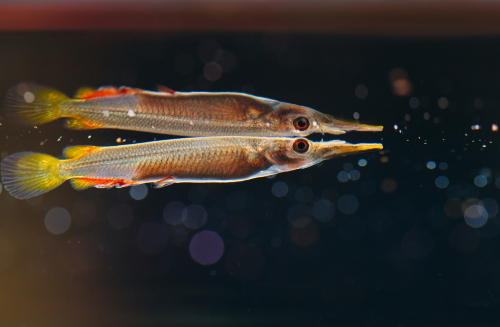
The halfbeak fish is a type of freshwater fish that is native to Africa. Halfbeak fish are known for their long, slender bodies and for the fact that they have two separate dorsal fins. These fish are relatively easy to care for and make a great addition to any freshwater aquarium.
Halfbeak fish are found in freshwater lakes and rivers throughout Africa. They prefer habitats with plenty of vegetation, as this provides them with places to hide from predators. Halfbeak fish are also known to inhabit brackish water habitats, such as estuaries.
Halfbeak fish are omnivorous, meaning that they will eat both plants and animals. In the wild, these fish will feed on algae, small invertebrates, and other tiny organisms.
When kept in an aquarium, halfbeak fish should be fed a diet of live foods, frozen foods, and high-quality flake food.
Halfbeak fish are relatively peaceful fish that do well in community aquariums. They should not be kept with larger, more aggressive fish species.
Halfbeak fish are known to be good jumpers, so it is important to keep a tight-fitting lid on your aquarium. These fish are also known to be territorial, so it is best to keep them in pairs or small groups.
4. Hairtail (Evoxymetopon taeniatus)
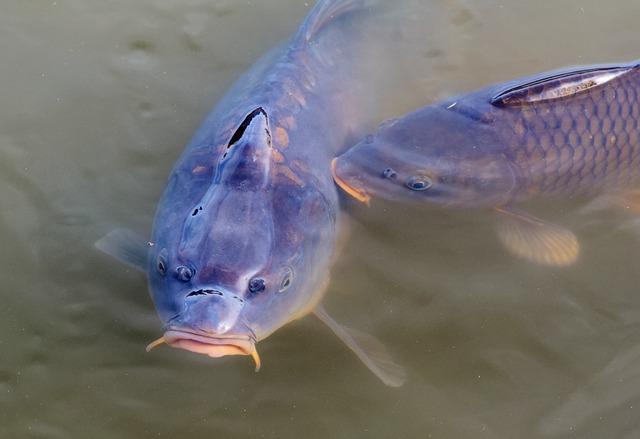
The hairytail fish is a common freshwater fish that is found in rivers and lakes all over the world. It is a member of the carp family and is closely related to the goldfish. The hairytail fish is a popular choice for aquariums and has a reputation for being hardy and easy to care for.
The Hairytail Fish’s Physical Characteristics
The hairytail fish is a small fish, typically only growing to be about 6 inches long. It has a slim body with a long, slender tail.
The scales on the hairytail fish are large and easily visible. The color of the hairytail fish can vary depending on where it is found, but it is usually some shade of brown or green.
The Hairytail Fish’s Diet
The hairytail fish is an omnivorous creature, meaning that it will eat both plants and animals. In the wild, the diet of the hairytail fish consists of insects, worms, crustaceans, and small fishes.
When kept in an aquarium, the diet of the hairytail fish can be supplemented with pellets or flakes designed specifically for freshwater fish.
The Hairytail Fish’s Habitat
The hairytail fish is found in freshwater habitats all over the world. In the wild, they are typically found in rivers and lakes. When kept in an aquarium, the hairytail fish needs plenty of space to swim and hide.
Aquariums should be at least 10 gallons in size, and should have plenty of hiding places such as rocks or plants.
5. Haddock (Melanogrammus aeglefinus)
Haddock is a white fish that is found in the North Atlantic. It is closely related to cod and haddock are often used interchangeably in recipes.
Haddock has a milder flavor than cod and it is also a bit more moist. Haddock can be baked, broiled, poached, or fried and it goes well with a variety of different sauces.
Haddock is a white fish that is found in the North Atlantic. It is closely related to cod and haddock are often used interchangeably in recipes. Haddock has a milder flavor than cod and it is also a bit more moist.
Haddock can be baked, broiled, poached, or fried and it goes well with a variety of different sauces.
Haddock is an excellent source of protein and omega-3 fatty acids. It is also low in calories and saturated fat. Haddock is a good choice for people who are trying to eat healthy or lose weight.
Haddock can be bought fresh or frozen. If you buy fresh haddock, make sure that it has bright eyes and red gills. The flesh should be firm and there should be no brown spots or bruising. Fresh haddock will keep in the refrigerator for up to two days.
If you buy frozen haddock, make sure that the package is tightly sealed and that there are no ice crystals on the fish. Frozen haddock will keep in the freezer for up to six months.
6. Halibut ( Hippoglossus hippoglossus)
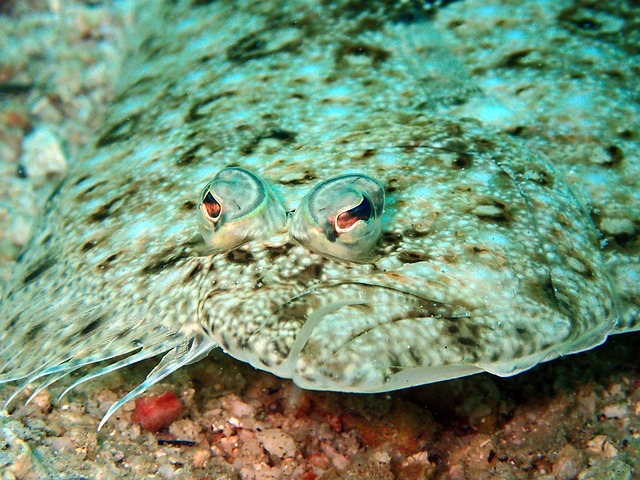
Halibut is a flatfish that comes from the family of righteye flounders. This means that the halibut has both eyes on the same side of its head. Halibut can be found in both the Atlantic and Pacific oceans.
The largest halibut ever caught weighed in at almost 1,300 pounds and was caught off the coast of Alaska.
Halibut can be prepared in many different ways. It can be baked, broiled, grilled, or fried. When cooking halibut, it is important to not overcook it as this can make the fish dry and tough. Halibut is typically considered done when it flakes easily with a fork.
Halibut has a mild flavor that some people compare to chicken. This makes halibut a good option for those who do not like fish or are trying fish for the first time. Halibut can be paired with a variety of different flavors, making it versatile for use in many different recipes.
7. Haloaur (Halosauropsis macrochir)
Haloaur fish are native to the Indian and Pacific Oceans. They typically live in shallow coastal waters and prefer to stay near the bottom of the ocean. Haloaur fish are omnivorous, meaning they eat both plants and animals.
Their diet consists mostly of small invertebrates, although they will also eat algae and other plant matter. Haloaur fish are a popular choice for Aquaculture, which is the practice of farming aquatic creatures for human consumption.
Aquaculture is a sustainable way to farm seafood, as it doesn’t deplete wild populations of fish. Haloaur fish are farmed in many different countries, including China, Japan, Vietnam, and Thailand.
Haloaur fish are a good source of protein and omega-3 fatty acids. They are also low in mercury, making them a safe choice for people who are concerned about mercury poisoning from seafood.
Haloaur fish can be prepared in many different ways. They can be grilled, baked, or fried. Haloaur fish fillets are also commonly used in sushi rolls.
8. Hake (Merluccius hubbsi)
Hake fish is a whitefish that is found in the Atlantic, Pacific, and Mediterranean oceans. The hake fish has a mild flavor and a firm texture. It is a popular choice for fish and chips as well as other fried dishes.
Hake fish is a good source of protein and omega-3 fatty acids. It is also low in mercury. Hake fish can be prepared in many different ways, including baking, frying, grilling, and steaming.
When buying hake fish, look for fillets that are pinkish-white in color with no browning or yellowing. The fillets should also be free of any dark spots or bruises. If the hake fish has been frozen, thaw it in the refrigerator overnight before cooking.
9. Hagfish (Hyperotreti)
Of all the creatures in the sea, the hagfish is certainly one of the strangest. These eellike animals are often called “slime eels,” and with good reason – they can produce large amounts of slime from glands in their skin.
This slime is used to ward off predators and to clog the gills of would-be attackers, but it also serves another purpose.
When a hagfish is eaten, the slime expands in the stomach of the predator, causing discomfort and often leading to vomiting. The hagfish then escapes while its would-be attacker is distracted.
Despite their eerie appearance and slimy secretions, hagfish are an important part of the ocean ecosystem. They play a role in decomposition, helping to break down dead animals that fall to the seafloor.
In some cultures, hagfish are considered a delicacy, and their skin is used to make leather.
10. Hammerhead shark (Sphyrna gilberti)
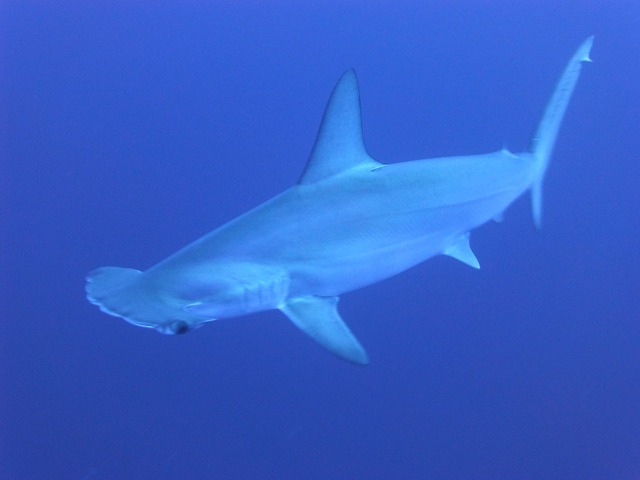
The hammerhead shark gets its name from the shape of its head, which is flattened and extends outwards into a sort of “hammer” shape.
This strange-looking head gives the hammerhead shark excellent vision and an enhanced sense of smell, which helps it to locate prey. The hammerhead shark is a carnivore and feeds on smaller fish, squid, and crustaceans.
Interestingly, the hammerhead shark is one of the few types of sharks that are known to form groups. These groups, called “schools,” can contain up to 100 individuals! Scientists believe that the sharks use their schools to help them find mates and protect themselves from predators.
Despite their unusual appearance, hammerhead sharks are actually quite graceful creatures. They are capable of swimming long distances and have been known to migrate across entire oceans in search of food or mates.
Some species of hammerhead sharks can even grow to be over 20 feet long!
Here are some more fish that start with the letter H
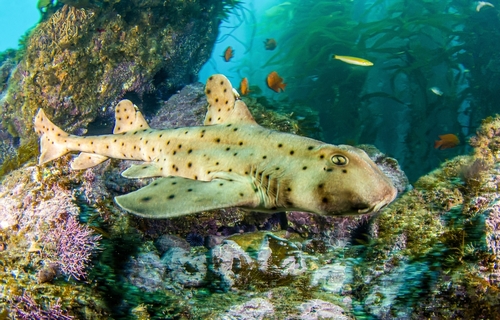
- High-Backed Headstander (Abramites hypselonotus)
2. Humeralis Piranha (Serrasalmus Humeralis)
3. Humuhumunukunukuapua’a (Rhinecanthus rectangulus),
4. Horn shark (Heterodontus francisci)
5. Honey Gourami (Trichogaster chuna)
6. Hora’s Loach ( Yasuhikotakia morleti)
7. Huchen (Hucho hucho)
8. Hardhead catfish (Ariopsis felis)
9. Hawkfish (Cirrhitidae)
10. Hatchetfish (Gasteropelecidae)
11. Hickory Shad (Alosa mediocris)
12. Hog sucker (Hypentelium nigricans)
13. Hi-Spot Rasbora (Brevibora dorsiocellata)
14. Hong Kong Pleco (Beaufortia kweichowensis)
15. Houndshark (Triakidae)
16. Hillstream loach (Balitoridae)
17. Hoki (Macruronus novaezelandiae)
18. Hammerjaw (Omosudis lowii)
19. Holland’s Piranha (Serrasalmus hollandi)
20. Herring (Clupea harengus)
21. Hyena Cichlid (Nimbochromis polystigma)
22. Herring smelt (Osmeridae)
23. Horsefish ( Hippocampus)
24. Horsefaced Loach (Acantopsis dialuzona)
25. High-Backed Tetra (Citharinus citharus)
26. Hussar (Lutjanus Amabilis)
27. Handfish (Brachionichthyidae)
28. Hog-Nosed Brochis (Brochis multiradiatus)
29. Harelip sucker (Brochis multiradiatus)

Ian Sterling, founder of Fishlab.com, began his aquarium journey over 30 years ago, driven by a deep fascination for fish and their diverse personalities. His website, Fishlab.com, is dedicated to making fishkeeping accessible and enjoyable, offering beginner-friendly guidance, expert insights, and a community for aquarists to connect and share experiences.


